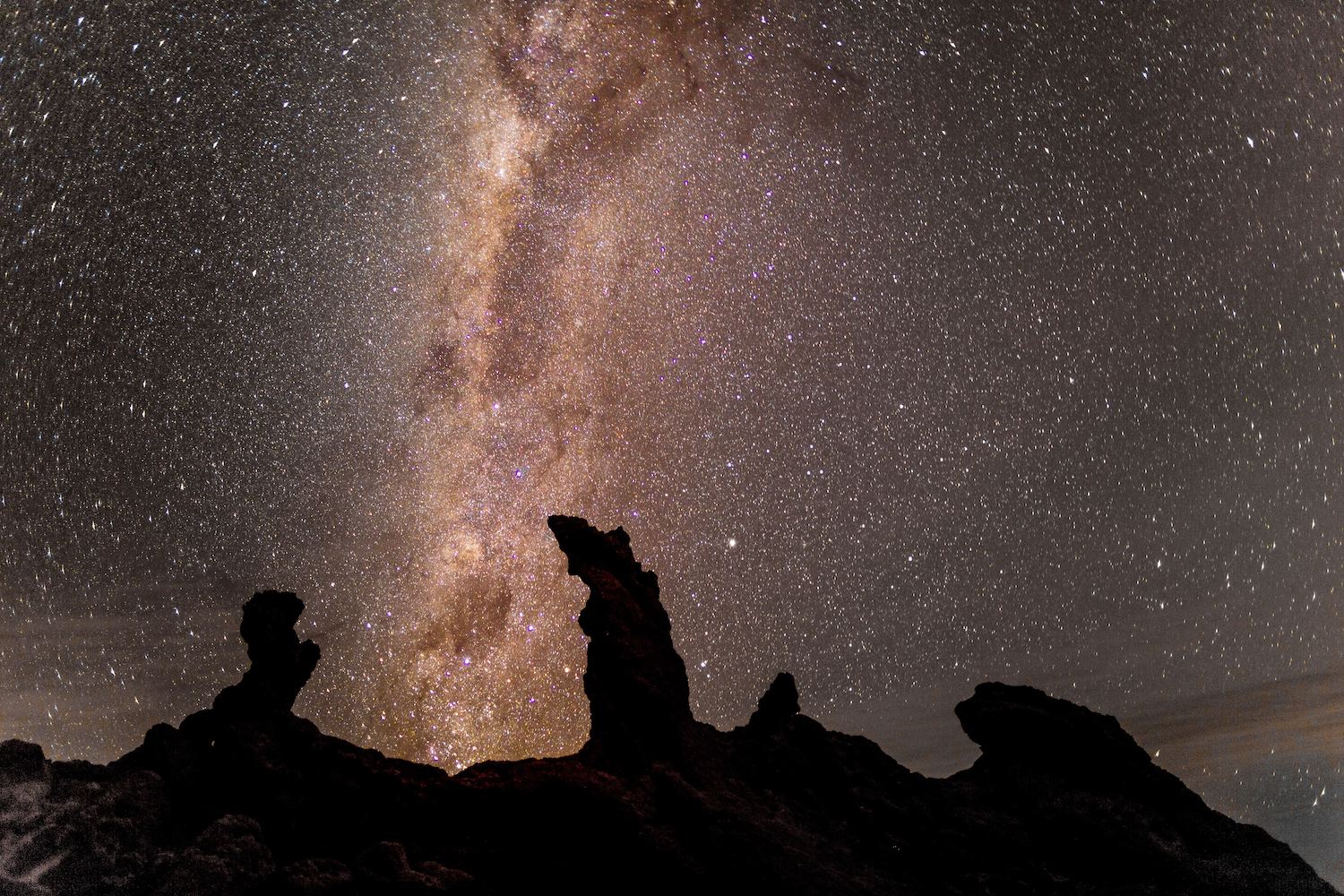Only the gorillas themselves know what they’re truly thinking. That said, a supposed selfie of rescued mountain gorillas posing for a relaxed snapshot with the park rangers who rescued them as babies has gone viral this Earth Day, and why not?
The gorillas are apparently trying to imitate humans, but again, who can say for certain?
It’s an arresting image, regardless. The selfie was taken at a gorilla orphanage in Virunga National Park, DRC (Democratic Republic of Congo), ground zero in the anti-poaching wars to help save one of the world’s most recognizable, high-profile endangered animals. There are said to be slightly more than 1,000 mountain gorillas left, of which, according to the most recent census, some 600 of which live in the Virunga Volcanoes. Though a seemingly small number, that’s still twice as many as 30 years ago, when the program to help save them was originally established.
Virunga — the park and the gorilla conservation program— was the focus of a 2014 British documentary film, Virunga, that won the Peabody Award and was nominated for a best feature documentary Oscar at that year’s Academy Awards. The film Virunga, financed by Netflix, put public pressure on the oil company SOCO International to halt its then-controversial exploration for oil within the protected World Heritage Site.
The film told the story of four people dedicated to protecting the world’s last mountain gorillas from a range of threats, including not just the oil company but illegal hunting, land invasions, the steady encroachment of agricultural farms inside park boundaries, and the 2012 emergence of the violent M23 rebellion movement.
Park ranger Mathieu Shamavu, pictured in the gorilla selfie, is following in the muddy boot-tracks of ranger André Bauma, one of the original “gorilla caregivers” in the Netflix documentary.
It’s dangerous work, and not just because even an adolescent gorilla can tear a grown person from limb to limb. Five Virunga park rangers were killed in an ambush by suspected M23 rebels inside the park just last year. In all, 130 park rangers have been killed in Virunga since 1996.
Eastern DR Congo is mired in seemingly endless conflict between an unstable, corruptible government and various armed groups, driven by the wealth of priceless minerals, including many of the rare but vital materials used in today’s smartphones. Eastern DRC has also been the scene of a deadly, growing — and underreported — outbreak of the ebola virus.
It’s small wonder, then, that the gorilla selfie has touched a popular nerve in the wider world, and not just because today is Earth Day.
Deputy park director Innocent Mburanumwe told BBC’s Newsday program that the orphaned gorillas, just two- to four-months-old at the time of their rescue, think of the rangers as their parents. The gorillas’ mothers were both killed in July, 2007.
They’ve grown up in the Senkwekwe Sanctuary and have learned to “(imitate) the humans,” Mburanumwe told BBC, “learning to be human beings.” For example, the gorillas frequently stand up and try to move around on two legs, something they wouldn’t normally do in the wild.
“I was surprised to see it,” Mburanumwe told BBC. “It’s very curious to see how a gorilla can imitate a human and stand up.”
The selfie first came to light Thursday last week, when a ranger shared a photo on Facebook of what he called “another day at the office.”
The Virunga gorilla program is staffed by local men and women, and relies on donations from the outside world for much of its support. The risk of violence is real, and ongoing: Officials closed the park from May last year to this past February, following the death of a park ranger and the kidnapping of two British tourists.
Virunga is believed to be Africa’s oldest national park, according to National Geographic, but there are other parks on the continent that lay claim to that title.
Regardless, it’s hard to think of many parks that may be more important — or fragile. The Earth Day selfie and the worldwide attention it’s generated has prompted prompted program directors to urge people to “make a difference” and donate to Virunga’s conservation efforts.
Virunga, formerly known as Albert National Park, is a UNESCO World Heritage Site and covers some 7,800 square km (3000 square miles) of some of the most breathtaking natural landscape — and unique species — found anywhere on planet Earth.



































